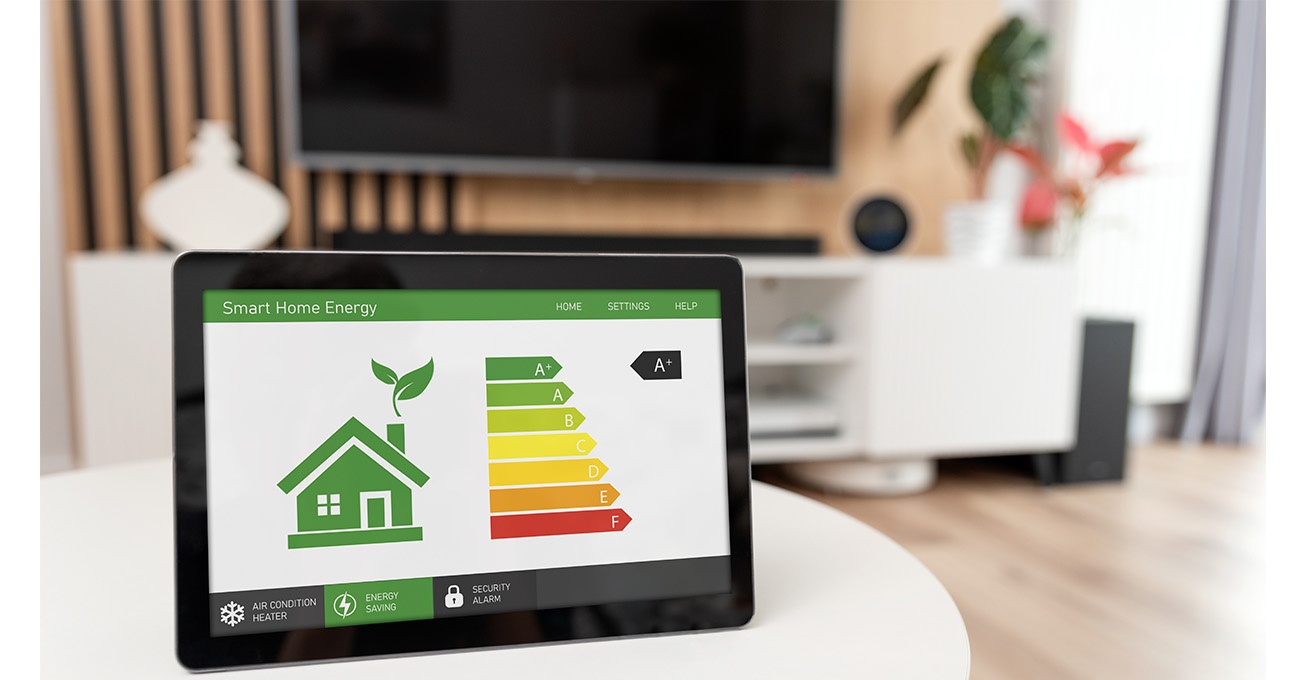 Everyone experiences stressful days at work, and this can be as a result of their job, home life or other distressing circumstances, such as an ill friend. It’s no secret that there is an ongoing stigma attached with mental health, perceived or otherwise, and many people will keep feelings and anxieties hidden because they are afraid of a negative response or repercussions. In fact, according to the Mental Health Organisation, the top reasons people give for not telling work colleagues about mental health challenges are feelings of shame and fear of discrimination.
Everyone experiences stressful days at work, and this can be as a result of their job, home life or other distressing circumstances, such as an ill friend. It’s no secret that there is an ongoing stigma attached with mental health, perceived or otherwise, and many people will keep feelings and anxieties hidden because they are afraid of a negative response or repercussions. In fact, according to the Mental Health Organisation, the top reasons people give for not telling work colleagues about mental health challenges are feelings of shame and fear of discrimination.
The Health and Safety Executive (HSE) made meaningful changes to its First Aid advice at the end of November, and this now says that employers should consider ways to manage mental ill health in the workplace – previously mental health was not mentioned. This, paired with evidence from the Office for National Statistics which suggests that 13.4% of all sickness absence days in the UK can be attributed to mental health conditions, it’s clear that more can be done in the workplace to alleviate stress and REALLY support employees – whether that’s due to work demands or other pressures. Without doubt, solutions should come from an altruistic and socially responsible standpoint, but stable and happy employees do create successful businesses.
“Stress is the adverse reaction people have to excessive pressures or other types of demand placed on them” – HSE
Business owners and executive teams can help to create more open and productive cultures in the workplace so employees can feel safe to reach out for help. Of course an individual may need to just get something off their chest or they may need support to find professional help – Mentalhealth.org.uk cites that one in six people experience the symptoms of a mental health problem in any given week. How does that equate to the numbers in your workforce?
Challenges Your Business May Be Facing Due To Poor Employee Mental Health
> Staff absent from work – frequent short and long term periods
> Increase in errors, accidents and incidents
> Increase in disciplinary procedure, for example from poor timekeeping or communication
> Reduction in productivity and output, even if longer hours are being worked
> Breakdown of relationships, or tension and conflicts between colleagues, clients or customers
> A depressed, anxious, stressed and unhappy workforce
> People presenting physical conditions – from headaches to high blood pressure, low resistance to infections to lack of sleep
> Lack of planning, control and effective decision making
> Loss of motivation and commitment
> Increased staff turnover
I can feel business owners everywhere thinking, ‘but what is this going to cost me, what if I don’t see a change in the issues my company faces after investment?’. While I would advise you audit, assess and, over time, learn to better manage the six primary areas of work – demands, control, support, relationships, role, change – there are lots of practical changes you can effect quickly, with little resource, cost or upheaval to your business, and here are just a few.
How your Business can Help Improve Employees’ Mental Health
- Collate a wide range of professional, free information and advice and ensure it is available for staff to access confidentially
- Book mental and physical health seminars and workshops for your next staff away day (instead of going to the pub!)
- Invest in a professional to undertake a risk-assessment questionnaire with staff to determine areas to focus on
- Create a buddy system and ensure each pairing has a ten minute weekly meeting together so a trusted relationship can be formed
- Similarly, a mentoring scheme can be effective, both for a mentee’s work development and the mentor’s self-esteem – much can be gained from helping someone and feeling valued by this
- Give employees the chance to ‘drop-in’ on the MD or a member of the executive team – a regular slot can be used to air gripes or offer ideas
- Create a silent time out area, where people can go to de-stress by having five minutes of quiet time or to do some simple breathing exercises
- This area could even have headphones and an MP3 player, a handheld games console, mandala colouring books and pens and a yoga mat – people de-stress in different ways
- Whether you have space indoors or outdoors, have sports or exercise equipment available for people to borrow during their lunch break
- Managers should ensure that everyone has a lunch break, and that they should leave their workspace for this respite whenever possible
- Introduce break times – adults need play time, just like children, to keep their mind industrious, so encourage staff to take five minutes me time each morning and afternoon
- Set up a fruit and nut order from your local greengrocer and invite staff to eat more healthily
- Have healthy Friday picnics – participants all bring a plate and enjoy a shared lunch, but have a sign-up sheet so you don’t end up with one bowl of pasta salad and 76 quiches!
- Promote caffeine and sugar free days, and provide the healthy drinks and snacks so staff can monitor how it affects their working mood
- Find out if anyone jogs, does circuit training or dances, and create lunch clubs where people can exercise and have fun with colleagues
- Lunch clubs could also be run by a person that has any passion, such as a craft or a love for cooking
- Encourage mindfulness, and even invite a professional in to teach staff techniques to deal with common mental health issues
- Organise a regular walk to work day so local employees can start the day with fresh air and exercise
- Or a use the stairs day, for those who tend to rely on escalators and lifts on a daily basis
- Ensure you have somewhere that staff can safely lock up push bikes
- Poll office staff to see whether there are an issues arising from seating plans – the chatty friend might be slowing productivity and causing someone else stress
- Offer a hot desk area for those who want a change of scenery or might need an hour away from ‘that colleague’
- Have stand-up hot desks and meeting areas so people can use their leg muscles from time to time
- Or for those who work standing, try to find a way for them to change their position occasionally, such as a step to put one foot on or collapsible stool
- Yoga balls make great seats to give your core a workout and improve posture, whether at a desk or having a meeting
- Ensure desk workers know how to do simple exercises, like rolling their shoulders and giving their eyes a break from the screen
- Create a burnout board – if employees mark on a board where they are on a burnout scale of 1 to 10 each day, for all to see, it can encourage colleagues to offer help or a listening ear, and management can also look for patterns when people are at their most stressed
- Create a digital or face-to-face mental health forum where people can have the opportunity to share their experiences and advice with colleagues
- Invite people to share their feelings, both positive and negative, on a feelings board – the act of writing down and pinning up a problem can help it float away
- Be ultra-aware of why people are working long hours – is it a productivity problem, are they overloaded with work and how can you help before burnout occurs?
- Foster a culture where it’s acceptable to have a mental health sick day, an employee taking day under the duvet is better than them working unproductively and ending up with a week off with stress
- Help people to manage their workload using a sandwiching technique, where they alternate tasks they are good at and prefer with others – this can improve self-esteem and reduce the build-up of stress
- Teach people how to prioritise their work loads, it doesn’t come naturally to everyone and without that skill, some people can easily get drowned in tasks
- Ask employees what they like doing and what they feel their strengths are, you may find a small amount of reorganisation of responsibilities and tasks makes a huge difference
Try a few of our ideas, starting with small steps to find out what works best for your firm and its employees, and try to monitor the difference of output and sick days taken. Also remember, any costs incurred in implementing workplace wellbeing solutions are business expenses, so it will be worthwhile discussing options with your accountant or head of finance as well as HR.
Neil Lancaster is a partner at Adams Moore Accountants and Business Advisers – based in Tamworth and serving clients throughout the UK, Adams Moore offers individuals and businesses a wide range of accountancy and business guidance services.
For more information, please visit: www.adamsmoore.com.






